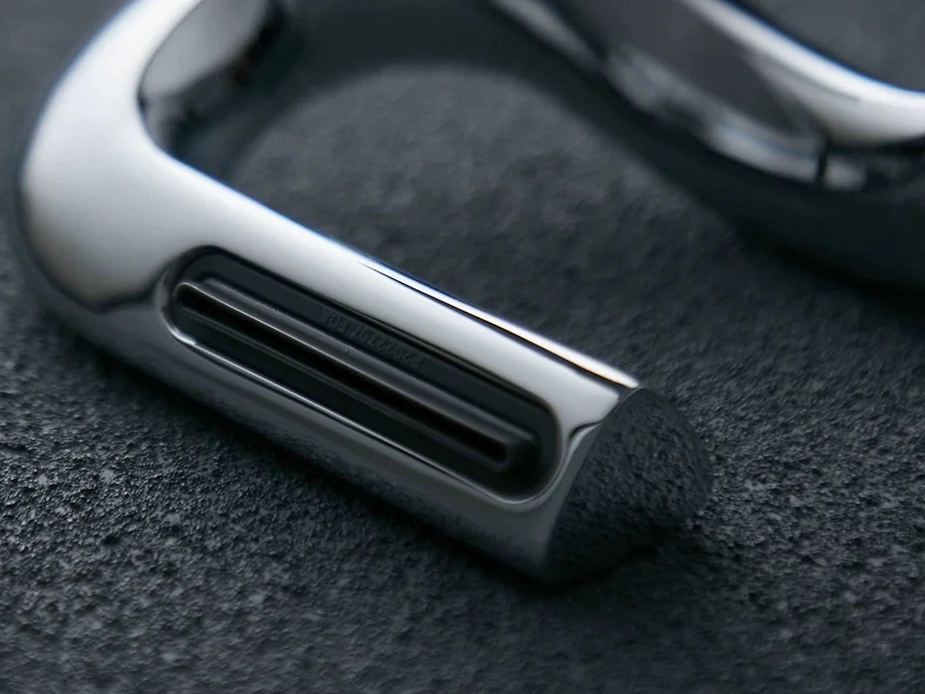Chrome Plating for CNC Parts: Shiny, Durable, and Corrosion-Resistant
Introduction
Chrome plating is a high-performance surface finishing process widely used to enhance the durability, corrosion resistance, and appearance of CNC machined metal components. Electroplating a thin chromium layer (typically 5–50 μm) onto parts makes the surface exceptionally hard, smooth, and resistant to wear, oxidation, and chemicals. Its glossy silver finish adds both functional and aesthetic value.
Used extensively in automotive, aerospace, industrial equipment, and consumer products, chrome plating is ideal for CNC components with tight tolerances, moving surfaces, and high visual requirements, such as shafts, pistons, connectors, and precision housings.
Chrome Plating Technology: Combining Performance with Precision
Scientific Principles & Industrial Standards
Definition: Chrome plating is an electrochemical process that deposits a layer of chromium onto a metal surface. It enhances the component’s wear resistance, reduces friction, increases hardness, and improves corrosion resistance while also delivering a high-gloss appearance.
Governing Standards:
ASTM B177: Standard guide for chrome plating of metallic substrates
AMS 2406: Aerospace specification for hard chrome plating
ISO 1456: Metallic coatings—Electrodeposited coatings of nickel, chromium, and copper
Process Function and Cases
Performance Dimension | Technical Parameters | Application Cases |
|---|---|---|
Surface Hardness | - Hardness: HV 850–1100 - Thickness: 5–50 μm | Hydraulic pistons, Automotive engine parts, Aerospace actuator rods |
Corrosion Resistance | - Salt spray test: ≥200 hrs (ASTM B117) - Chromium oxide passive layer formation | Industrial rollers, Marine valves, Outdoor equipment |
Aesthetic Appearance | - Mirror-like reflectivity - Surface finish: Ra ≤ 0.1 μm | Consumer electronics, Luxury vehicle trim, Tool housings |
Wear Resistance | - Coefficient of friction: ~0.15–0.20 - Low abrasive wear rate | Injection mold components, Bearings, Robotic shafts |
Chrome Plating Process Classification
Technical Specification Matrix
Chrome Plating Type | Key Parameters & Metrics | Advantages | Limitations |
|---|---|---|---|
Hard Chrome Plating | - Thickness: 20–50 μm - HV: 850–1100 - Surface finish: Ra 0.1–0.5 μm | - Excellent wear resistance - Suitable for precision parts | - May require post-machining - Slight dimensional buildup |
Decorative Chrome Plating | - Thickness: 0.25–2 μm - Applied over nickel layer | - High gloss finish - Good corrosion protection | - Not suitable for wear-heavy applications |
Thin Dense Chrome (TDC) | - Thickness: 5–15 μm - Uniform micro-crack structure | - Extreme hardness - Minimal dimensional change | - More complex process control |
Trivalent Chrome Plating | - Eco-friendly bath chemistry - Lower toxicity | - RoHS/REACH compliant - Good corrosion and wear properties | - Less mirror-like appearance |
Selection Criteria & Optimization Guidelines
Hard Chrome Plating
Selection Criteria: Ideal for CNC parts subject to high wear, abrasion, or sliding contact—especially shafts, pistons, and mold components.
Optimization Guidelines:
Pre-grind surfaces to allow post-plate final machining
Maintain bath temp at 50–60°C and current density of 2–6 A/dm²
Apply post-plate precision grinding for tolerance control
Decorative Chrome Plating
Selection Criteria: Best for CNC parts requiring visual appeal with moderate corrosion protection—common in consumer products and interiors.
Optimization Guidelines:
Use multi-layer system: copper → nickel → chrome
Polish surface to Ra ≤ 0.1 μm prior to plating
Validate gloss and color consistency post-process
Thin Dense Chrome (TDC)
Selection Criteria: Preferred for aerospace and medical applications needing ultra-hard, low-friction coatings without dimensional buildup.
Optimization Guidelines:
Apply to precision-ground surfaces
Control micro-crack density through bath chemistry
Confirm Ra ≤ 0.2 μm post-process for low friction
Trivalent Chrome Plating
Selection Criteria: Recommended for eco-regulated environments requiring RoHS/REACH compliance with decent aesthetics and protection.
Optimization Guidelines:
Use advanced proprietary trivalent solutions
Adjust plating current for desired thickness and appearance
Inspect using thickness gauges and visual gloss metrics
Material-Coating Compatibility Chart
Substrate | Recommended Chrome Plating Type | Performance Gain | Industrial Validation Data |
|---|---|---|---|
Hard Chrome | 3–5× wear resistance | Hydraulic cylinder rods tested for >200 hrs salt spray | |
Thin Dense Chrome | Enhanced friction reduction | Valve shafts achieved 10M+ cycles under load | |
Decorative Chrome (via nickel underlayer) | Superior appearance + corrosion resistance | Automotive trim validated for 240 hrs B117 | |
Decorative Chrome | Aesthetic finish + surface hardness | Electronics housings passed adhesion & gloss tests | |
Hard Chrome | High-temp oxidation and wear resistance | Aerospace turbine components tested for thermal cycling durability |
Chrome Plating Process Control: Critical Steps & Standards
Pre-Treatment Essentials
Cleaning: Alkaline degreasing at 60–70°C Validation: Water-break test (ASTM F22)
Surface Activation: Acid etch or electro-cleaning Validation: Contact resistance and adhesion testing
Plating Process Controls
Bath Chemistry: Maintain Cr⁶⁺ concentration within ±5% of target Validation: Titration and ORP measurements
Current & Time Control: Adjust based on desired thickness Validation: Thickness gauge (ASTM B504) and visual inspection
Post-Coating Enhancement
Polishing/Grinding: Precision surface finishing to Ra ≤ 0.2 μm Validation: Profilometer surface roughness test (ISO 4287)
Hardness & Adhesion Testing: Rockwell C scale and tape test Validation: ASTM B571 & E18 compliance
FAQs
What’s the difference between hard chrome and decorative chrome for CNC parts?
How does chrome plating impact CNC component tolerances?
Is chrome plating suitable for medical or food-grade components?
What surface finishes are achievable with chrome plating?
How does trivalent chrome compare to traditional hexavalent chrome?

